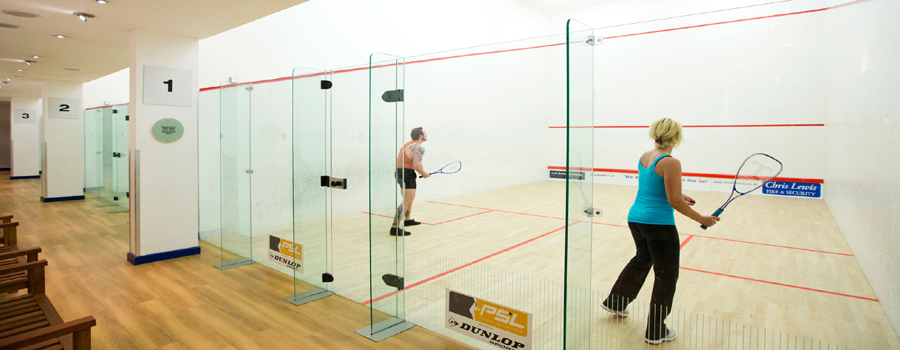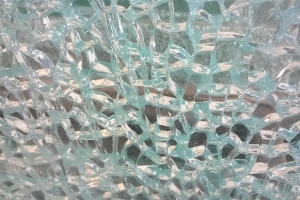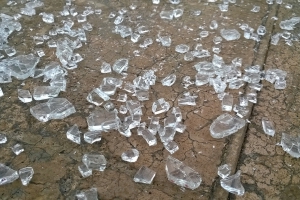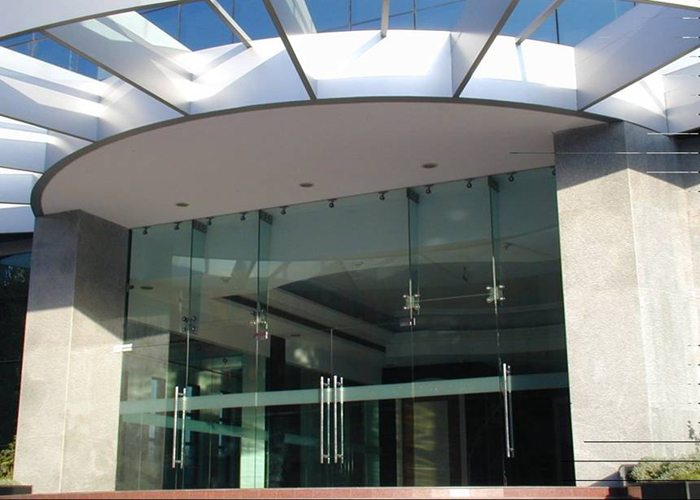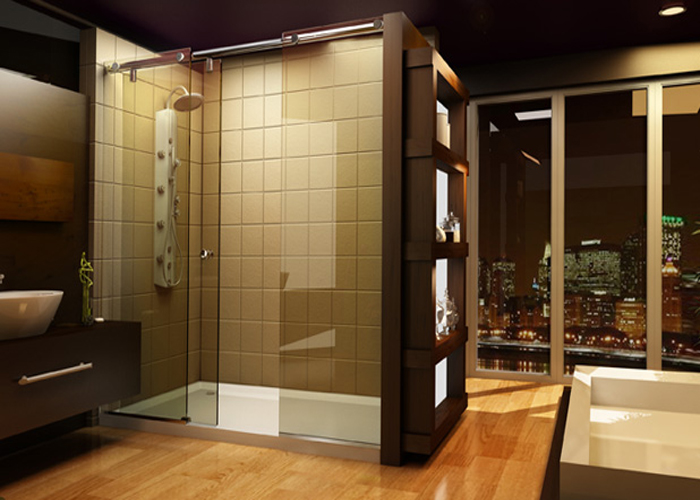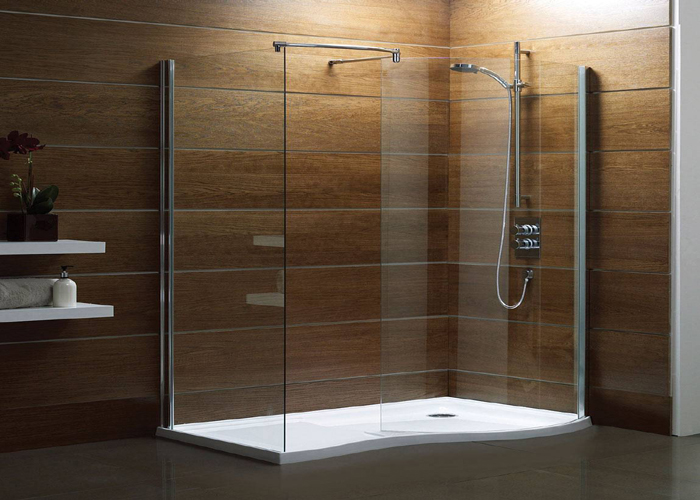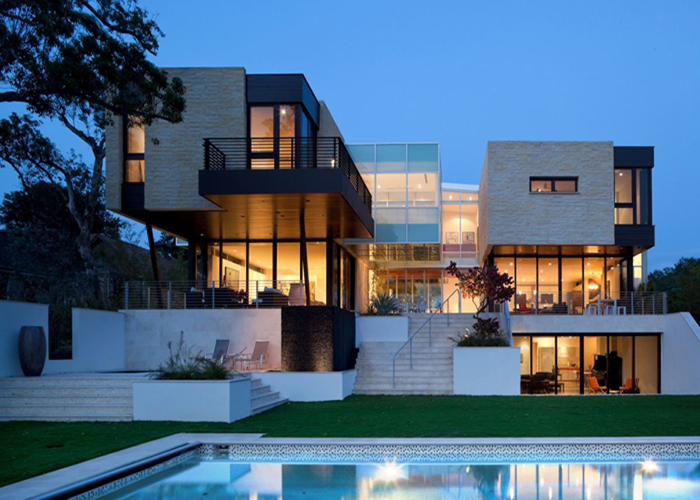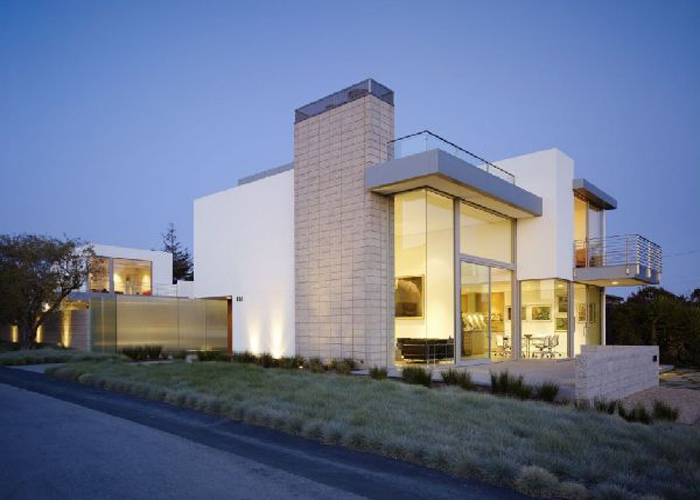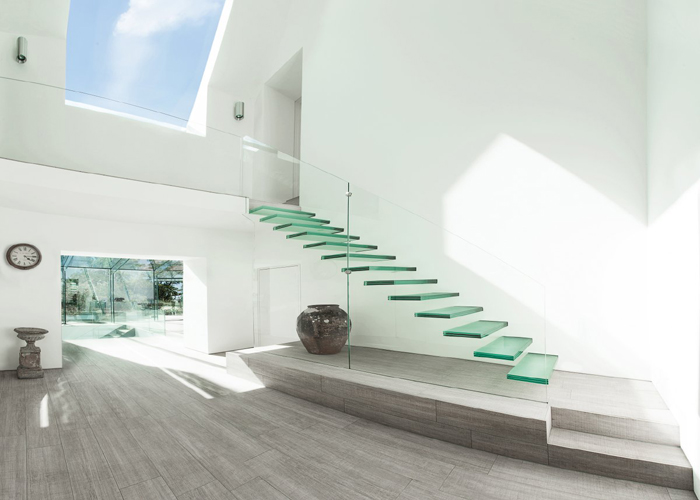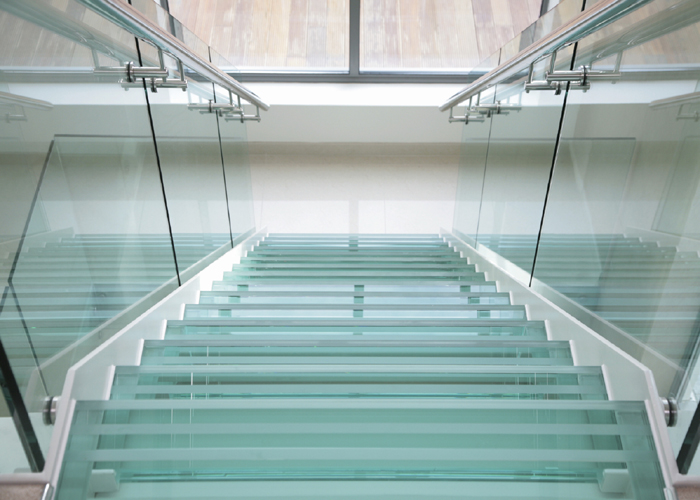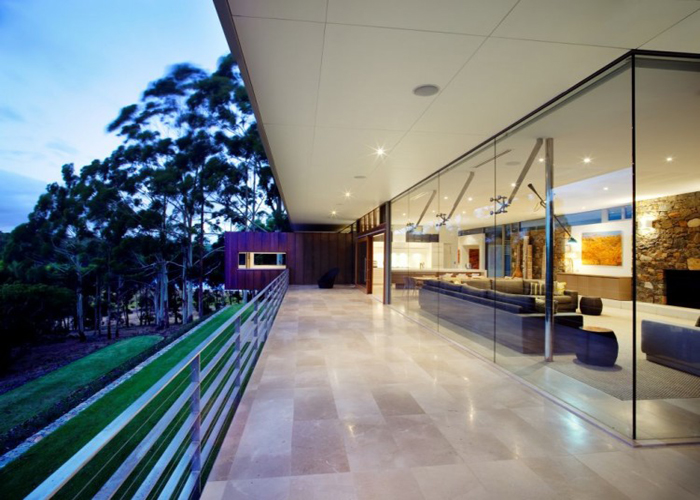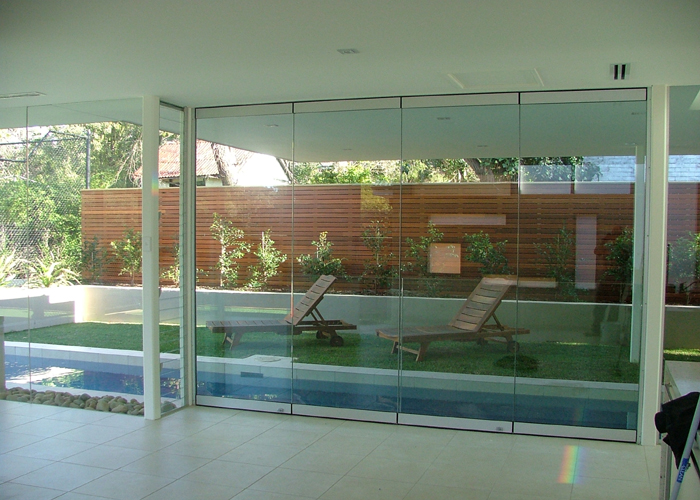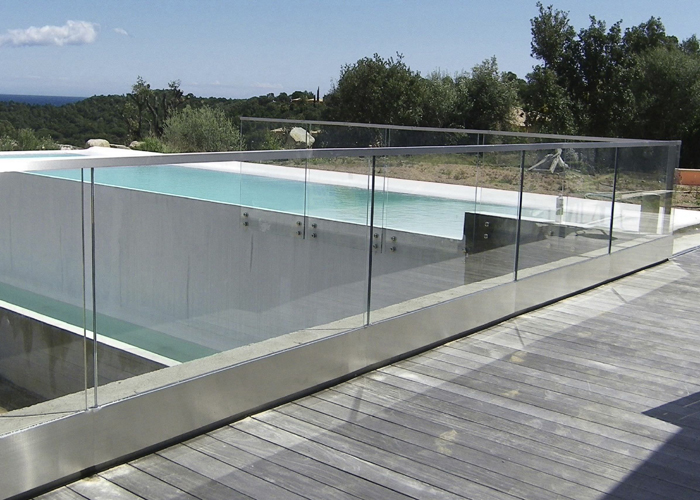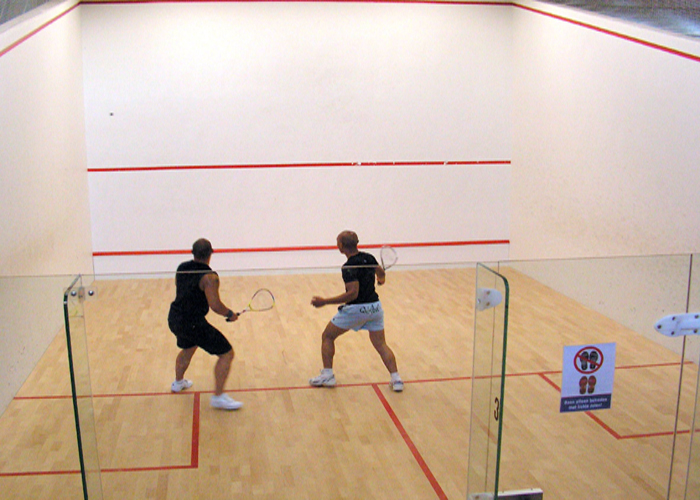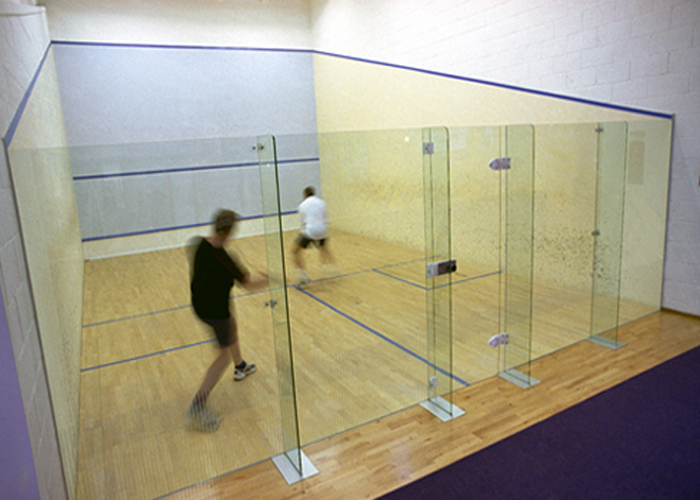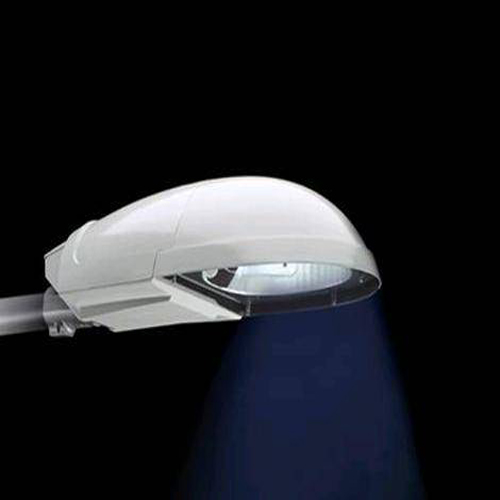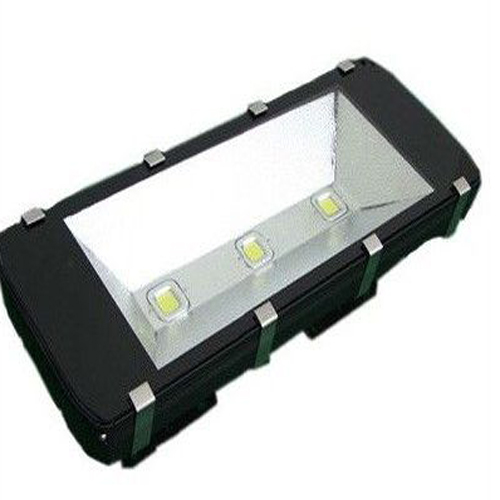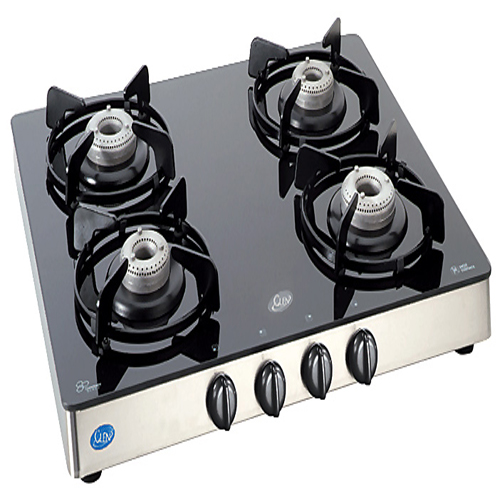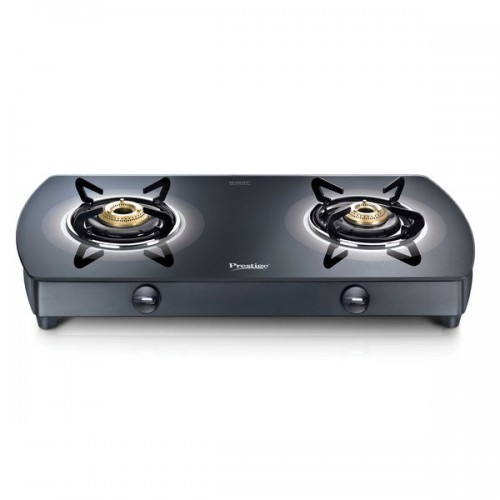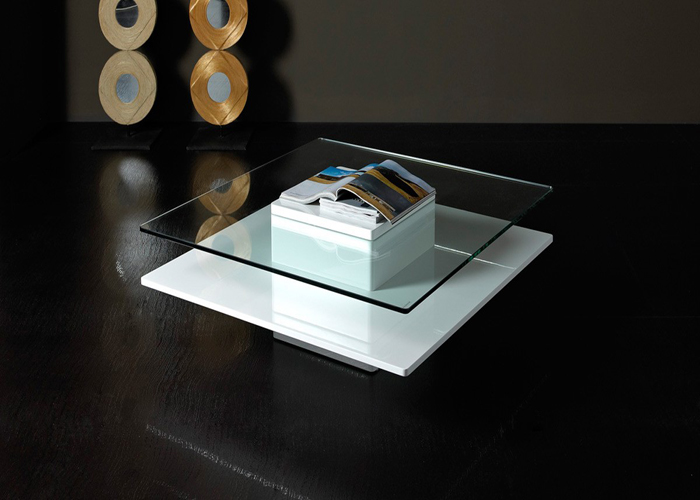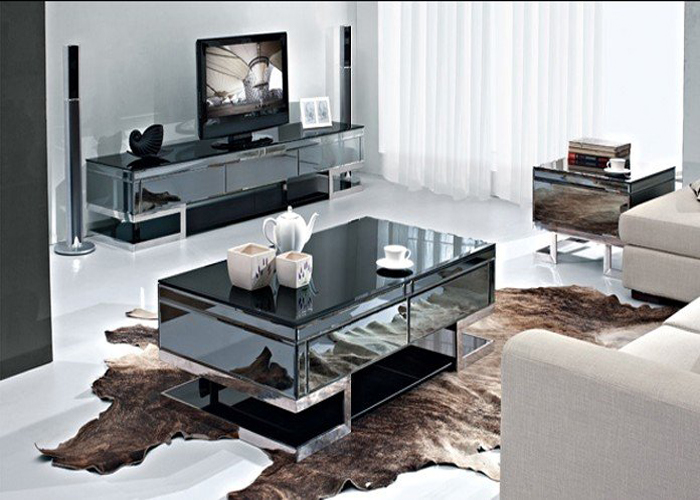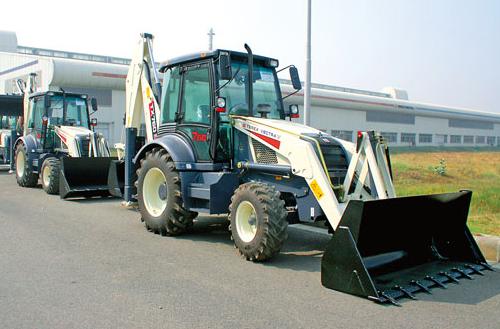What is tempered glass
- Tempered glass (also known as toughened glass) is an extremely strong glass which has been thermally heat treated to induce compressive stresses of 11000 to 20000 psi on the surfaces and edge compression of not less than 9700 psi.

Strong
Toughened glass is 4-5 times stronger than normal annealed glass.

High thermal shock strength
Ability to withstand high temperature variations upto 250°c.
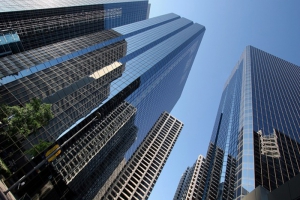
WIND LOADS
Used in building facades as it have the ability to withstand heavy wind loads.
Safe
Breaks into small, relatively harmless fragments. This reduces the likelihood of injury as there are no jagged edges or sharp corners.
Range available
- Available in 3, 4, 5, 6, 8, 10, 12, 15, 19 mm thickness
- Maximum Size:- 2950 X 6000 mm (Greater Noida Unit) & 3500 X 5000 mm (Mumbai Unit).
- Minimum Size:- 220 mm diagonal(Greater Noida Unit) & 280 mm diagonal (Mumbai Unit)
- Bent Toughened Glass:- For Greater Noida Unit: Maximum Size 2000(height) X 2500(width) mm, 2000 mm minimum radius and thickness ranges between 5 mm to 12 mm and For Mumbai Unit: Maximum Size 2440(height) X 3500(width) mm, 1100 mm minimum radius and thickness ranges between 4 mm to 19 mm.
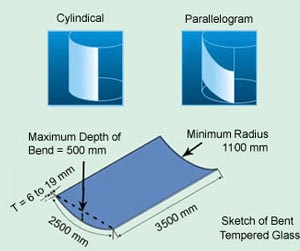
Why GSC ?
- First in Architectural glass in India with over 30 years of experience in glass processing.
- Largest tempering facility with 8 horizontal tempering lines.
- Processing in Greater Noida and Mumbai.
- Flat as well as bend glass possible.
- Best quality glass exported worldwide including Europe.
- Most advanced tempering line capable of processing of most difficult Low-E glasses.
- Best optics and least distortion.
- Strongest possible glass.
Toughened Glass Vs Heat Strengthened Vs Annealed Glass
| Properties | Tempered Glass | Heat strengthened glass | Annealed Glass |
|---|---|---|---|
| Thermal stress | Upto 250°C | Upto 130°C | Upto 50°C |
| Strength | 4 times of annealed | 2 times of annealed | Not strong |
| Bending strength | 120 – 200 N/mm² | 60 – 100 N/mm² | 40 N/mm² |
| Design stress | 50 Mpa | 27 Mpa | 17 Mpa |
| Surface compression | >10000 psi (69 Mpa) | 3500-7500psi (24-52 Mpa) | Upto 2800 psi (19 MPa) |
| Safety | Approved as safety glazing for most applications |
Not approved as safety glazing |
Not approved as safety glazing |
| Site alterations | Not possible | Not possible | Possible |
| Flatness | Slight bow and corrugation |
Bow and corrugation lower than tempered glass |
Very flat |
| Optics | Reasonably good | Good. Comparatively better than tempered glass |
Very good |
| Lamination | Min 1.52 PVB | Min 1.52 PVB | Min 0.38mm PVB |
| NiS breakage | Prone | Extremely rare possibility | Non existent |
| Heat Soaking | Recommended | Not necessary | Not required |
Applications of toughened glass
FAQ
What is Tempered Glass ?
Tempered glass (also known as toughened glass) is an extremely strong glass which has been thermally heat treated to induce compressive stresses of 11000 to 20000 psi on the surfaces and edge compression of not less than 9700 psi.
Tempered glass is being used increasingly in architecture because of its strength and safety properties. It is usually installed in areas where safety glass is required to reduce the possibility of mechanical or thermal breakage and/ or to assure greater uniform load strength. Worldwide the use of Tempered glass or Safety glass in general has been mandated by building codes. These codes are also made for India and are in the process of being mandated.
How strong is Tempered Glass ?
Toughened (or Tempered Glass) is four to five times stronger than its equivalent thickness of normal annealed float or sheet glass.
How Tempered Glass is made ?
Process of Manufacture :
Cut to size glass sheets are electrically heated in the furnace where it oscillates back and forth on rollers till glass reaches temperature of about 680ºC. The heating is done very evenly with highly advanced control systems and it takes 40 to 60 seconds per mm of glass thickness to achieve and stabilize at this set temperature. At this temperature it becomes very soft and flexible. From the furnace the glass is transported on roller conveyor and rapidly cooled in quench section by a blast of air on both sides of the glass. Sudden cooling or quenching after uniform heating induces compressive and tensile stresses that impart strength to the glass. Outer surface is under compressive stress while inside or core is under tensile stresses.
How Tempered glass is safe ?
Tempered Glass is very difficult to break but even on breakage, it will break into small, relatively harmless fragments. This substantially reduces the likelihood of injury to people as there are no jagged edges or sharp corners which are normal in the case of breakage of annealed glass. Due to the inherent superior features of Tempered Glass, like more strength, ability to withstand sudden impacts and breaking into small pieces, it is considered as a safety glazing and so in most countries, use of Architectural Toughened Glass is mandatory for entrances in public areas or where it is to be used by general public.
What is Spontaneous Breakage ?
In various situations fully tempered glass may break for no reason or provocation. Many factors might cause such spontaneous breakages, but the most common are nickel sulphide inclusions. Nickel sulphide inclusion, also known as NiS, occurs during the manufacturing process for float glass. In the glass batch, nickel-rich contaminants such as stainless steel might be present, and then combine with sulphur to form nickel sulphide inclusions. These inclusion cannot be seen or identified in the fully formed glass.
How much temperature can toughened glass stand ?
Tempered Glass provides greater thermal strength. It offers increased resistance to both sudden temperature changes and temperature differentials up to 240°C compared to normal annealed glass which can withstand temperature differentials up to 40°C only.
What is the difference between Toughend Glass and Heat Strengthened Glass ?
Toughened Glass:
- Four to five times stronger than normal annealed glass.
- Toughened glass is very difficult to break but even on breakage, it will break into small and harmless fragments.
- Toughened glass will resist temperature difference of up to 240°c.
- In comparison with Heat Strengthened Glass, Toughened glass can broken spontaneously.
Heat Strengthened Glass:
- Heat Strengthened Glass is twice as tough as annealed glass but nearly half of fully tempered glass.
- Heat Strengthened Glass has a comparatively flatter finish than fully tempered glass. It therefore has lesser optical distortions.
- Heat Strengthened Glass breaks in a manner similar to that of float glass.
- Heat Strengthened Glass will resist temperature difference of up to 130°c.
- In comparison with Toughened Glass, Heat Strengthened Glass is not easily broken spontaneously.
What is the difference between Tempered Glass and Toughened Glass ?
There is no difference between toughened and tempered glass. Toughened is an American English word and Tempered is a British English word.
Does Tempering affects the clarity ?
No, tempering does not affects the clarity of the glass.

